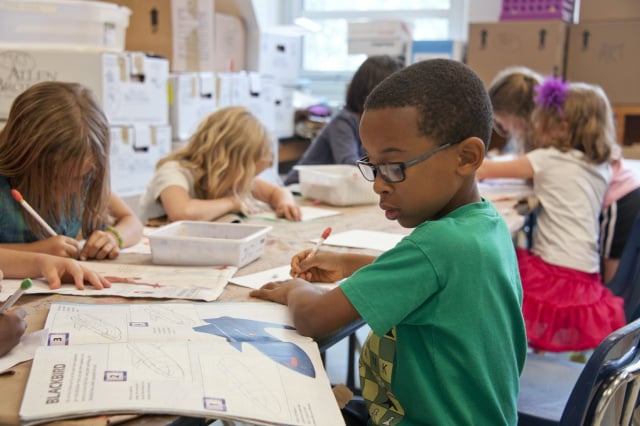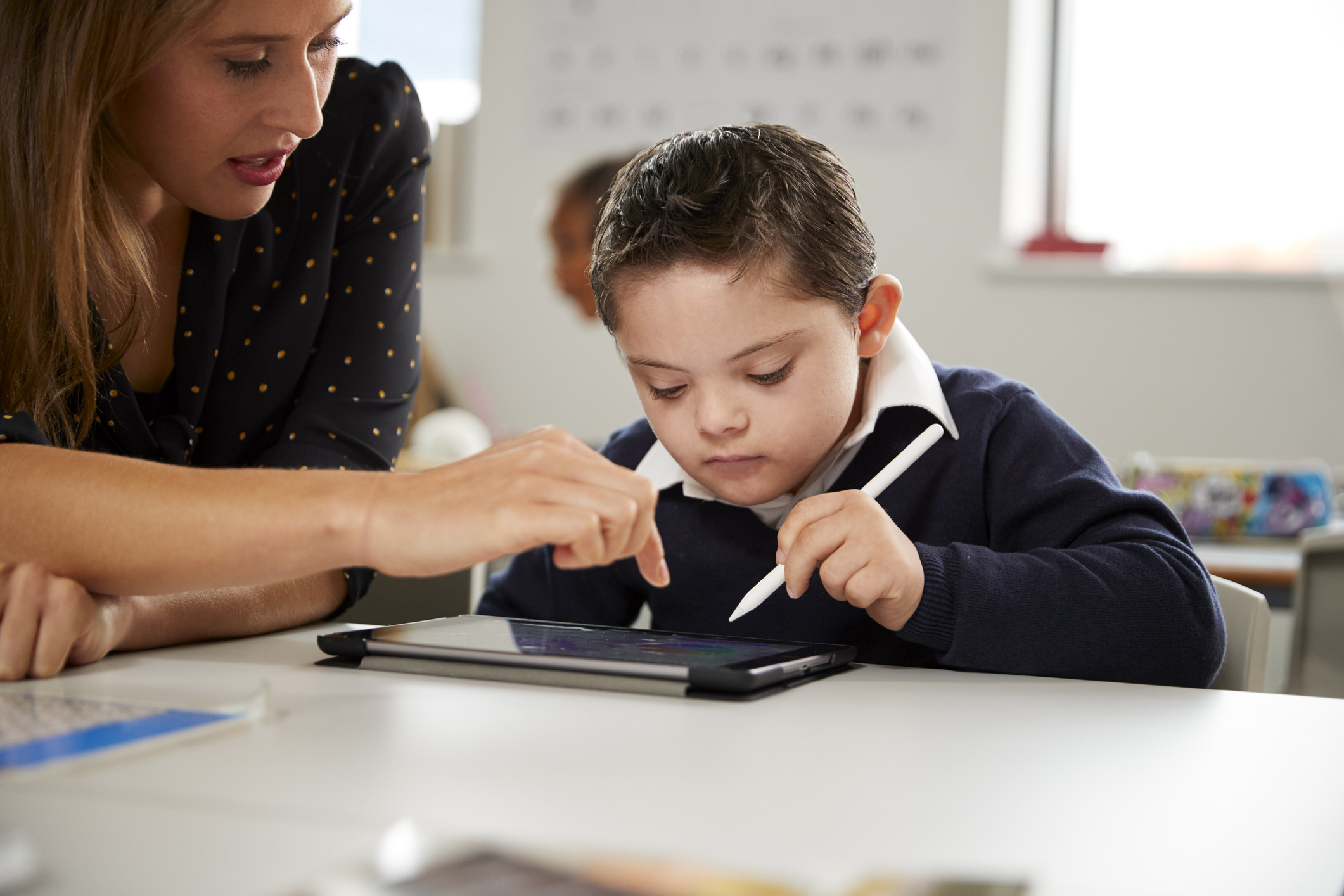About This Lesson
Systemic racism has been a problem in the United States since European settlers first arrived on American soil. It has been passed down from generation to generation, leading to violence, discrimination, poverty, and astounding inequality.
Fighting racism is something that everyone needs to be committed to. And one of the best ways to ensure that it does not continue to plague American culture is to teach children to be anti-racist from the very beginning.
Many people feel that it’s not a good idea to talk to young children about race. With that attitude, however, children will grow up observing the unconscious biases of their parents and will not have the tools to fight racism as they grow older.
Educators and parents need to be willing to step up and teach younger students to be kind, inclusive, and to fight white supremacy from the very beginning. Here are some great resources and tips to get you started.
Anti-Racism Resources
To educate young students about racism, you need to start by educating yourself. It is essential to get your information from BIPOC (Black, Indigenous, and People of Color) who have deep, firsthand experience of how racism and the systems of white supremacy have affected their lives. Learning to be an anti-racist is a lifelong endeavor, and it’s important to get started as soon as possible if you haven’t already.
There is a wealth of information out there on how to be an anti-racist, including this list of books, assessments, workbooks, and more. You don’t have to look far to find well-researched and informative material on the topic of anti-racism and on how to teach children to be anti-racist.
How to Help Fight For Diversity & Inclusion
We can see that racism still exists in our cultural fabric by taking a look at the trends and stereotypes that are perpetuated at all levels of society. In high school sports, for instance, 179 Texas teams hired white coaches, while only 74 teams had Black, Hispanic, or Pacific Islander coaches.
Educators need to understand that fighting for diversity and inclusion means more than saying that people of all races have access to the same opportunities. While there may no longer be any rules segregating schools, sports teams, and businesses, racism often rears its ugly head and forces BIPOC out by creating a hostile and unwelcoming environment.
Teaching children to treat people equally is not enough. To build an inclusive society, young students must be taught to celebrate one another’s differences, in addition to creating diverse classrooms and offices. Educators need to be willing to fight for diversity initiatives in addition to teaching children to be inclusive.
Resources Highlighting Healthcare Issues Among Minorities
Inequality occurs for BIPOC in nearly every area of their lives. In addition to being more likely to live in poverty, they also do not have the same access to healthcare and wellness tools as the white community and may not be able to work with doctors and nurses who understand their cultural needs. They may be brushed off by medical professionals, misunderstood, or be unable to seek routine treatment.
Teaching students about racism means talking about these different contexts that involve inequality. By seeking out resources that highlight the need for cultural competence in healthcare, you can help students understand how racism affects something as basic as going to the doctor.
Resources on Racism & the School System
Education is something that all children should have equal access to. Unfortunately, racism can often lead to BIPOC students not getting the support they need or being labeled as troublemakers or uninterested in learning. Since neurotypical BIPOC students already have to overcome these challenges on a routine basis, it is even harder for BIPOC students with learning disabilities to thrive.
Teachers must learn to be aware of how stereotypes and their own unconscious biases negatively affect their BIPOC students’ ability to feel safe and to thrive academically. Making the classroom an inclusive place where all students can succeed is a crucial goal for tackling systemic racism. It all starts at school and that’s where change needs to start as well.
Tips for Responding to Racism, White Supremacy and More
Silence is not an option. Parents and educators must be good role models and should not let casual racism, exclusion, and microaggressions slide. Not only is it important to educate others when they are being racist, but it is also important to spark constructive conversations about race with children from a young age.
Racism and white supremacy are ugly and uncomfortable topics. But the more we avoid them, especially around children, the more we perpetuate the problem. Being anti-racist requires humility, bravery, and the willingness to look for the ugliness deep inside so we can work on tackling it. The earlier children learn to fight racism, the better off we’ll be.












